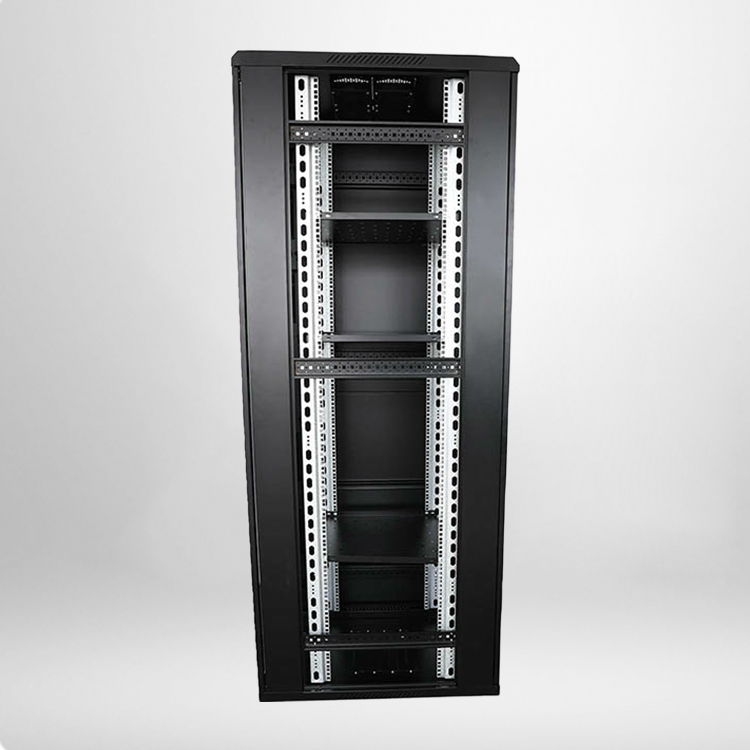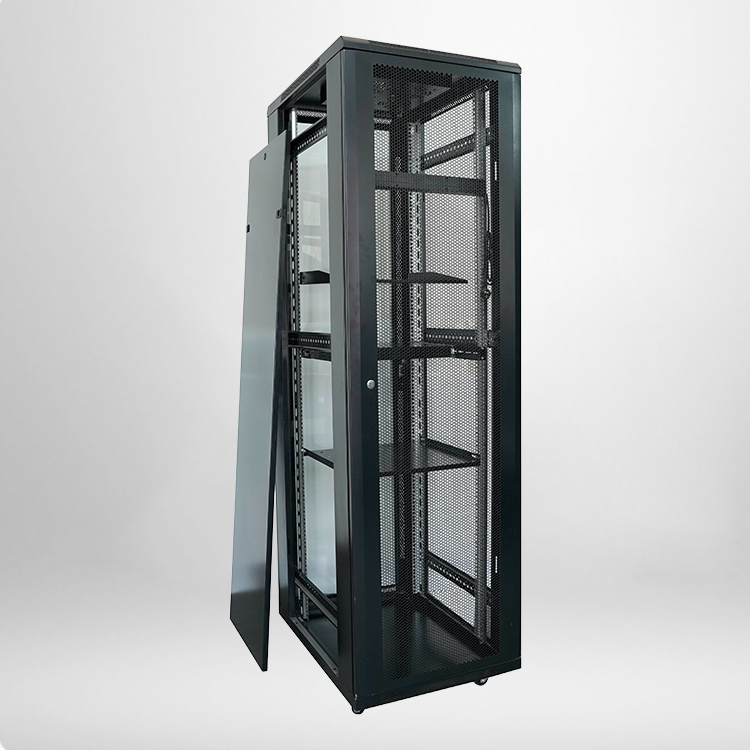
Standing network racks serve as the backbone of organized data systems, offering vertical structure to house and manage networking equipment. Their freestanding design sets them apart, providing robust support for a range of devices in various settings, from small offices to data rooms.
Structural Integrity and Design
These racks are built with durability in mind, typically constructed from heavy-gauge steel that withstands the weight of multiple devices. The frame features vertical rails with standardized mounting holes, allowing for secure attachment of servers, switches, and patch panels. Adjustable depth settings accommodate equipment of different sizes, ensuring a snug fit without wasted space.
Many models include reinforced bases that prevent tipping, even when fully loaded. Ventilation is integrated into the design—perforated doors and side panels promote airflow, while some racks add built-in fans to regulate temperature. This thermal management is crucial, as overheating can degrade equipment performance and shorten lifespans.
Installation and Accessibility
Setting up a standing network rack is designed for efficiency. Most arrive partially assembled, with clear instructions for attaching doors, shelves, and cable management components. The open-frame variants offer easy access from all sides, simplifying equipment installation and maintenance. Enclosed models with lockable doors provide security while still allowing front and rear access via removable panels.
Cable pathways are strategically placed to keep cords organized. Vertical cable managers along the rack’s sides and horizontal channels between mounting rails prevent tangles, making it easy to trace connections during troubleshooting. This organized approach also reduces the risk of accidental disconnections when adding or removing devices.

Adaptability to Environments
Standing network racks thrive in diverse environments. In small businesses, they fit into utility closets or dedicated IT rooms, centralizing equipment that might otherwise clutter desks or floors. In larger facilities, they line data room floors, arranged in rows to create efficient workflows for technicians.
Their design handles varying conditions, from temperature-controlled server rooms to moderately busy office areas. Some racks feature dust filters to protect equipment in less controlled spaces, while others have waterproof tops to guard against spills in shared environments. This versatility makes them a reliable choice across industries.
Scalability and Future Use
As network needs grow, standing racks adapt seamlessly. Additional units can be positioned adjacent to existing ones, creating expanded systems that maintain organization. The modular nature allows for adding accessories like cable trays, power distribution units, or extra shelves as equipment lists expand.
Compatibility with evolving technology is a key feature. Racks support both current and emerging standards, ensuring they can house newer devices with different form factors. This forward-thinking design reduces the need for frequent replacements, making them a cost-effective long-term investment.
In essence, standing network racks combine strength, accessibility, and flexibility, forming the foundation of efficient, well-managed network systems. Their ability to grow with changing needs ensures they remain vital components in any data infrastructure.


